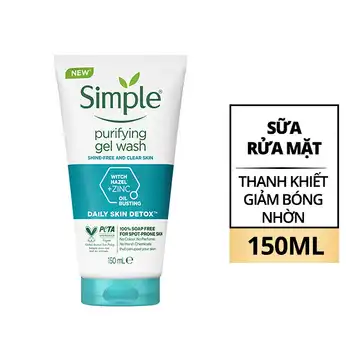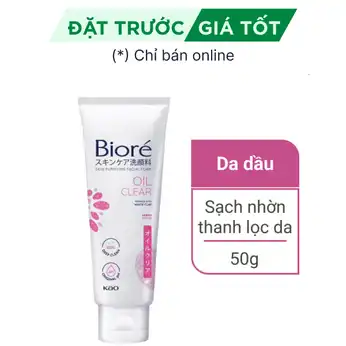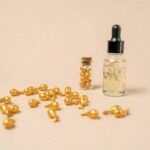Let’s find out if your skin needs AHA or BHA skincare products.
1AHA – Exfoliation and Hydration for Dry Skin
AHAs are highly water-soluble, aiding in quick and efficient cell hydration. This makes them ideal for dry, aging, or sun-damaged skin that has become dull or uneven in tone.
When applied to the skin, AHA helps protect, strengthen, and thicken the epidermis, enhancing the quality of elastin and collagen fibers for stronger, more elastic skin.
When choosing AHA-containing products, an AHA concentration of 5-10% and a pH level of 3-4 are recommended for optimal results.
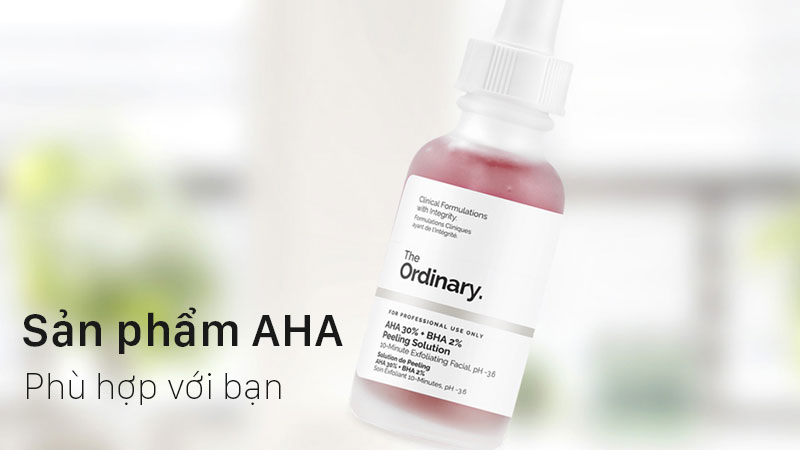
2BHA – Oil Control and Acne Management for Oily, Sun-Damaged, and Acne-Prone Skin
Due to its oil solubility, BHA is particularly suitable for individuals with oily skin, large pores, acne-prone skin, and sensitive skin.
Its oil-based nature allows BHA to easily penetrate oil-clogged pores, removing excess sebum and preventing acne. BHA is also gentle and non-irritating, helping to reduce inflammation and improve the appearance of acne. With regular use, it can effectively reduce acne scars and dark spots within 3-6 weeks.
Look for BHA-containing products with a BHA concentration of 1-2% and a pH level of 3-4 for optimal results.
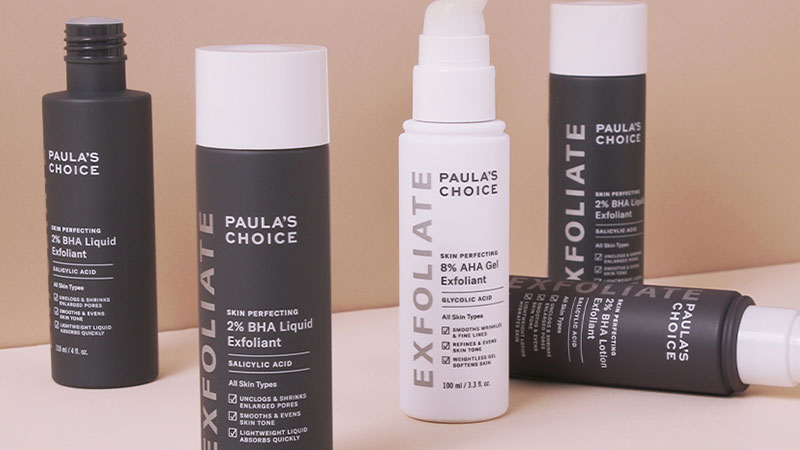
3Precautions When Using AHA and BHA Skincare Products
– While AHA is considered safe for pregnant and breastfeeding women, there are ongoing debates about the safety of BHA. Therefore, it is recommended that pregnant and nursing women opt for AHA-based skincare routines.
– Regardless of the brand or origin, always patch test new products to ensure they do not irritate your skin.
Now that you know the differences between AHA and BHA, you can easily determine which one is better suited for your skin’s unique needs.
The Ultimate Guide to Masking: 3 Ideal Times for Maximum Results That You’ve Probably Overlooked
In today’s unpredictable climate, our skin is more sensitive than ever. While a good skincare routine is essential, many people also turn to face masks, especially sheet masks, to provide an extra boost of nourishment. However, it’s not just about using more masks; it’s about timing them right to maximize their benefits.

























